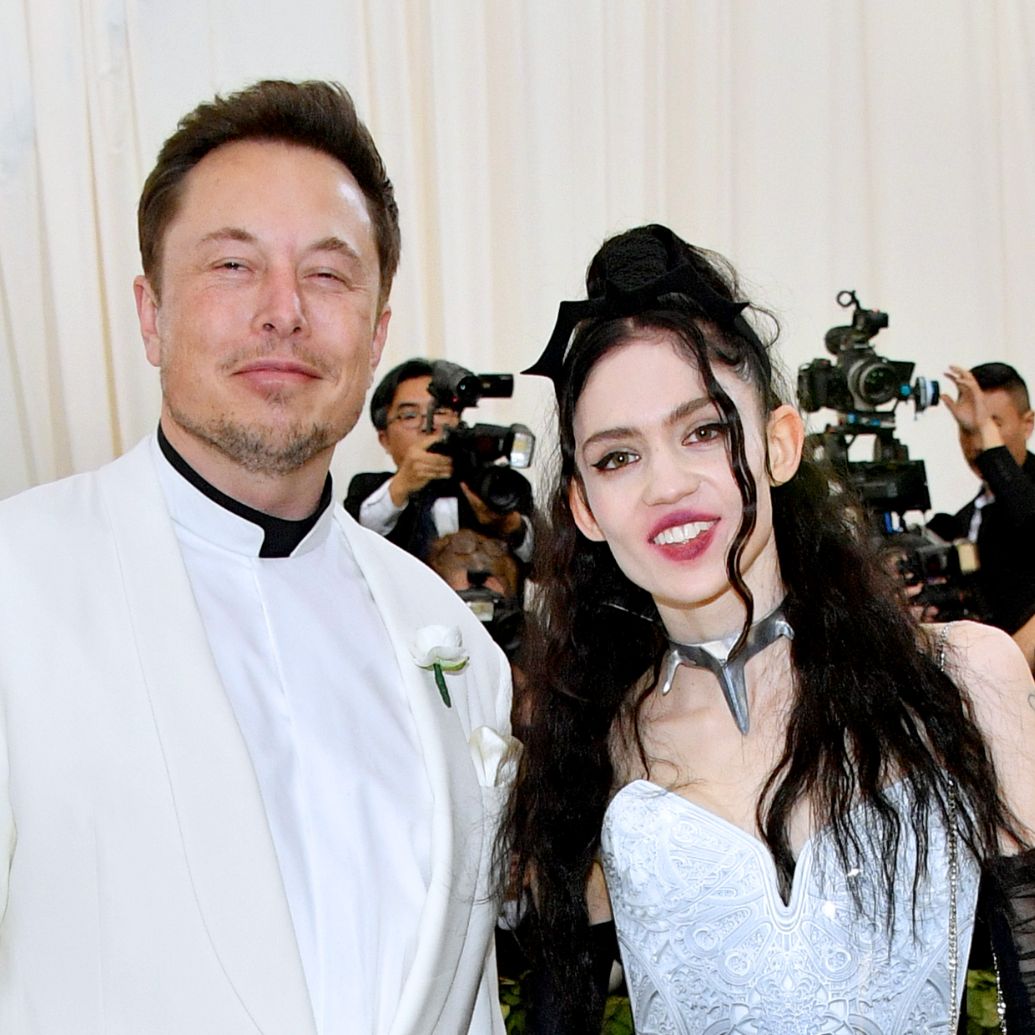Video released by spacecraft maker Area, X celebrating its Dragon capsule, which on May 25, 2012, became the very first business spacecraft to dock with the International Space Station. Space, X (A Britannica Publishing Partner), (born June 28, 1971, Pretoria, South Africa), South African-born American business owner who cofounded the electronic-payment company Pay, Buddy and formed Area, X, maker of launch automobiles and spacecraft. He was likewise among the very first considerable financiers in, in addition to president of, the electric cars and truck producer Tesla. Top Questions, Elon Musk was born upon June 28, 1971. Elon Musk cofounded the electronic payment firm Pay, Buddy and established the spacecraft company Area, X.

Elon Musk established Space, X, a company that makes rockets and spacecraft. He became the ceo and a significant funder of Tesla, that makes electrical cars and trucks. Musk was born to a South African dad and a Canadian mother. He showed an early skill for computers and entrepreneurship. At age 12 he developed a computer game and offered it to a computer system publication. In 1988, after acquiring a Canadian passport, Musk left South Africa due to the fact that he hesitated to support apartheid through mandatory military service and due to the fact that he looked for the higher financial opportunities offered in the United States. Musk participated in Queen's University in Kingston, Ontario, and in 1992 he moved to the University of Pennsylvania, Philadelphia, where he got bachelor's degrees in physics and economics in 1997.
In 1995 he founded Zip2, a business that offered maps and business directories to online papers. In 1999 Zip2 was bought by the computer system manufacturer Compaq for $307 million, and Musk then established an online monetary services company, X.com, which later on became Pay, Friend, which specialized in transferring cash online. The online auction e, Bay bought Pay, Pal in 2002 for $1. 5 billion. Musk was long convinced that for life to make it through, mankind needs to end up being a multiplanet types. Nevertheless, he was dissatisfied with the great cost of rocket launchers. In 2002 he founded Area Expedition Technologies (Area, X) to make more inexpensive rockets.
A 3rd rocket, the Falcon Heavy (first introduced in 2018), was developed to bring 117,000 pounds (53,000 kg) to orbit, almost two times as much as its biggest competitor, the Boeing Business's Delta IV Heavy, for one-third the cost. Space, X has revealed the follower to the Falcon 9 and the Falcon Heavy: the Super Heavy, Starship system. The Super Heavy first phase would be capable of lifting 100,000 kg (220,000 pounds) to low Earth orbit. The payload would be the Starship, a spacecraft developed for supplying quick transport between cities on Earth and building bases on the Moon and Mars.
Dragon can bring as numerous as 7 astronauts, and it had a crewed flight bring astronauts Doug Hurley and Robert Behnken to the ISS in 2020. Musk sought to decrease the expenditure of spaceflight by developing a completely recyclable rocket that might take off and return to the pad it introduced from. Starting in 2012, Area, X's Insect rocket made numerous brief flights to evaluate such technology. In addition to being CEO of Area, X, Musk was also primary designer in developing the Falcon rockets, Dragon, and Insect. Get a Britannica Premium subscription and gain access to special material. Subscribe Now Musk had long been interested in the possibilities of electric automobiles, and in 2004 he ended up being one of the significant funders of Tesla Motors (later on relabelled Tesla), an electrical vehicle company founded by business owners Martin Eberhard and Marc Tarpenning.